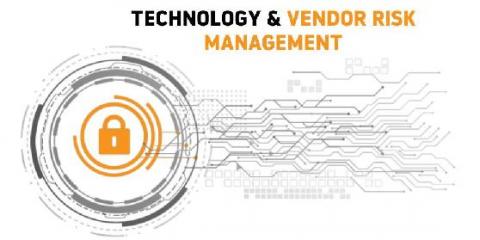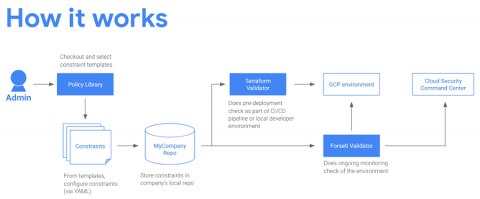The Differences Between SOX 302 and 404 Requirements
The Sarbanes-Oxley Act of 2002 (SOX) is a law that implements regulations on publicly traded companies and accounting firms. SOX was created to improve the accuracy and reliability of corporate disclosures in financial statements and to protect investors from fraudulent accounting practices.










